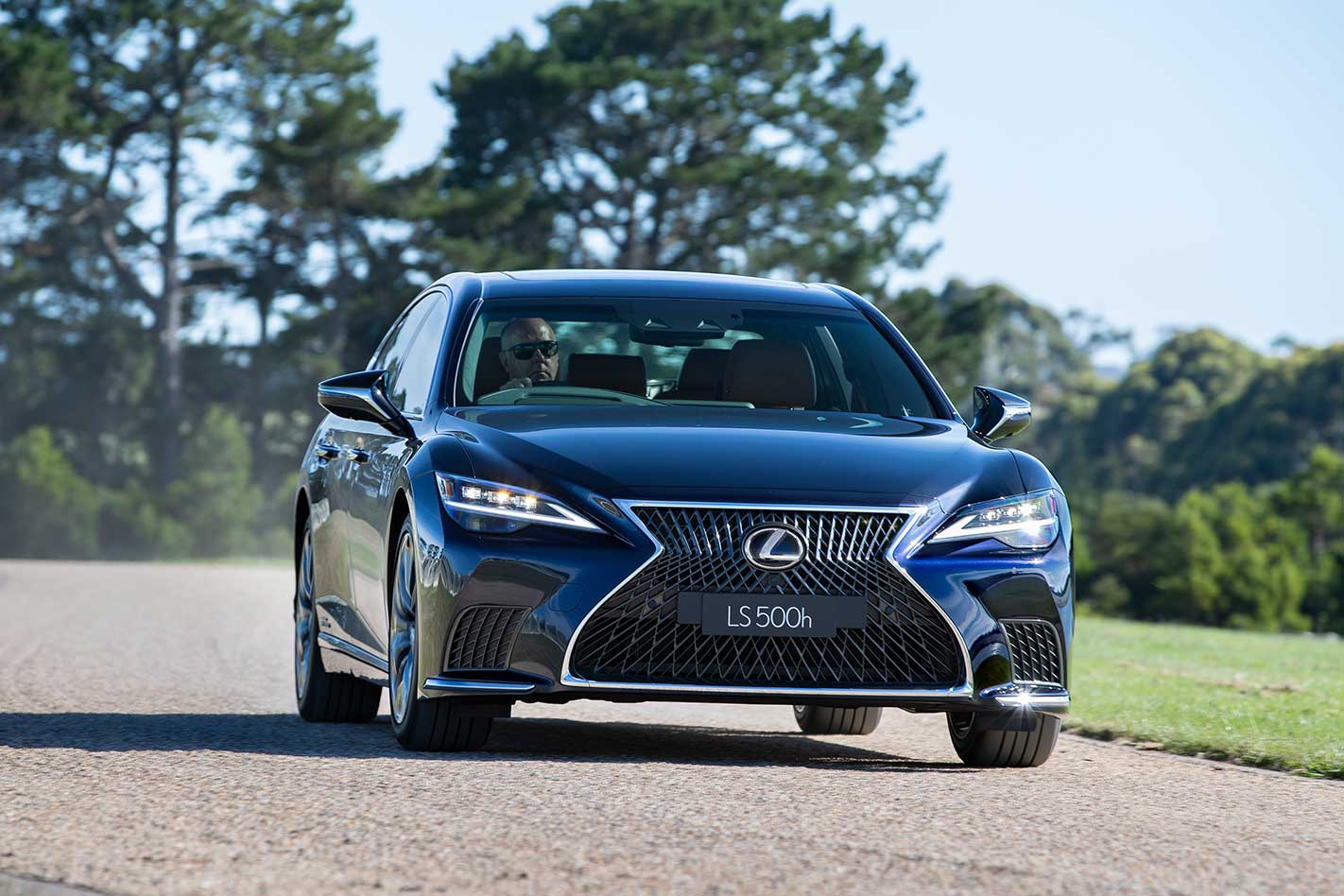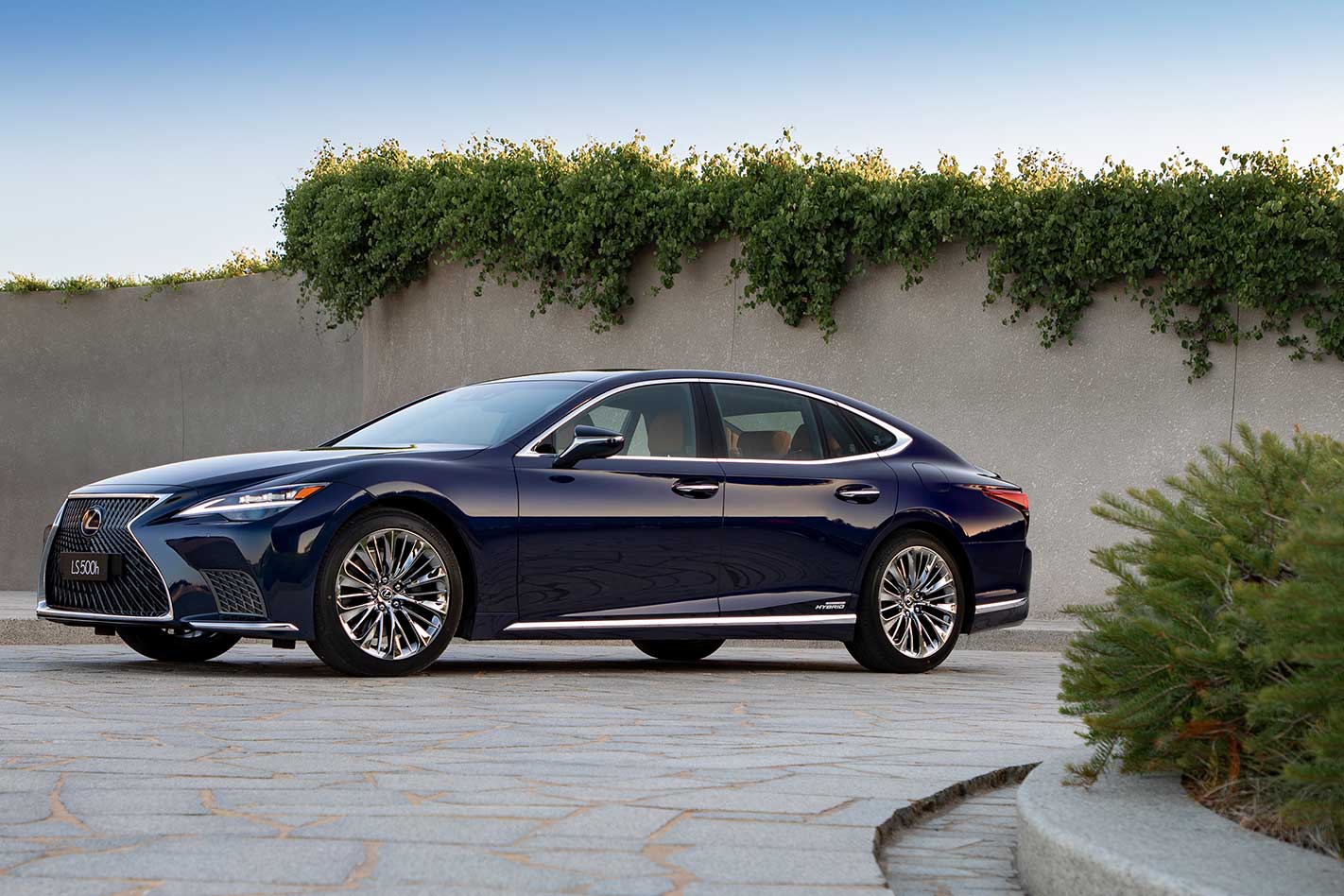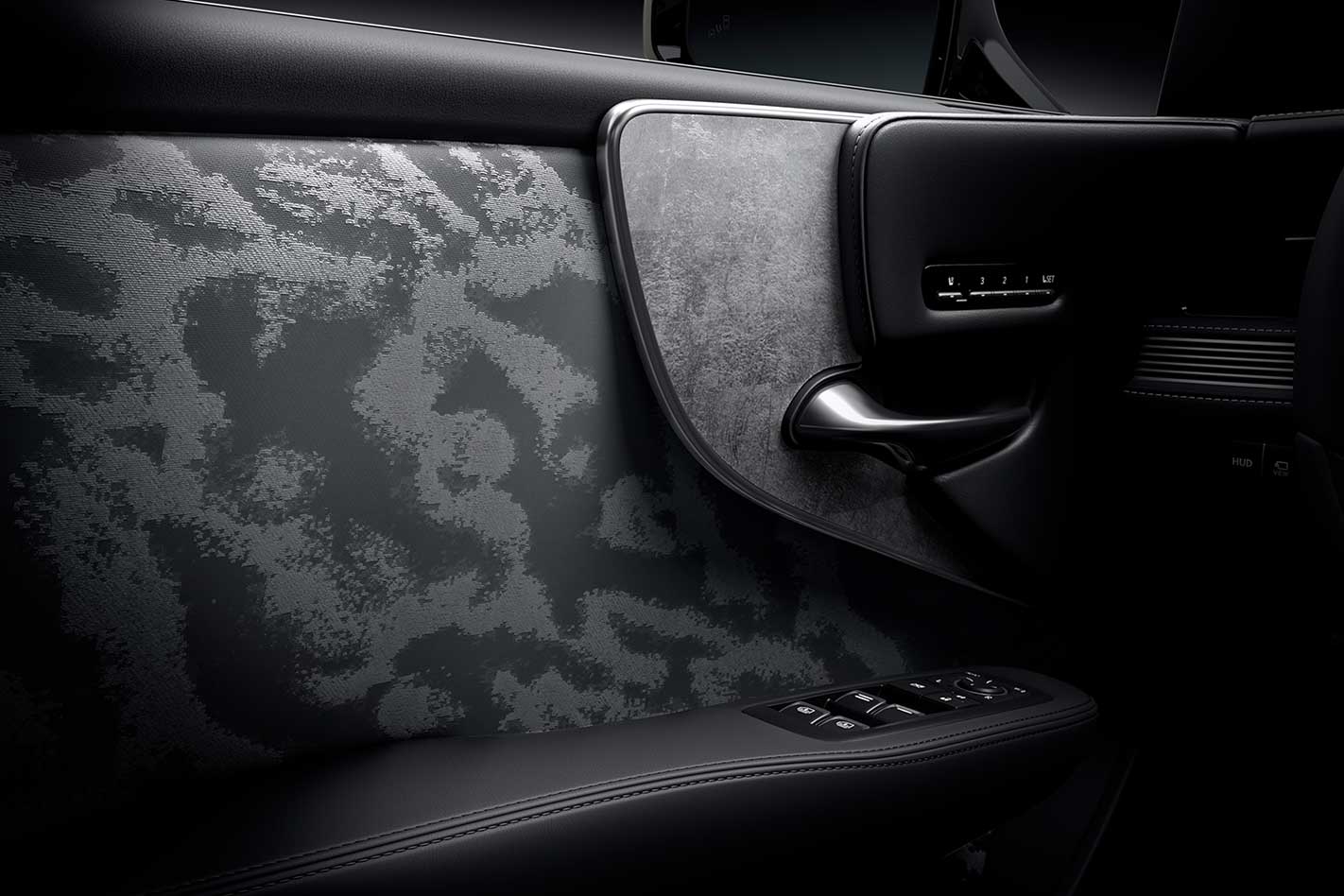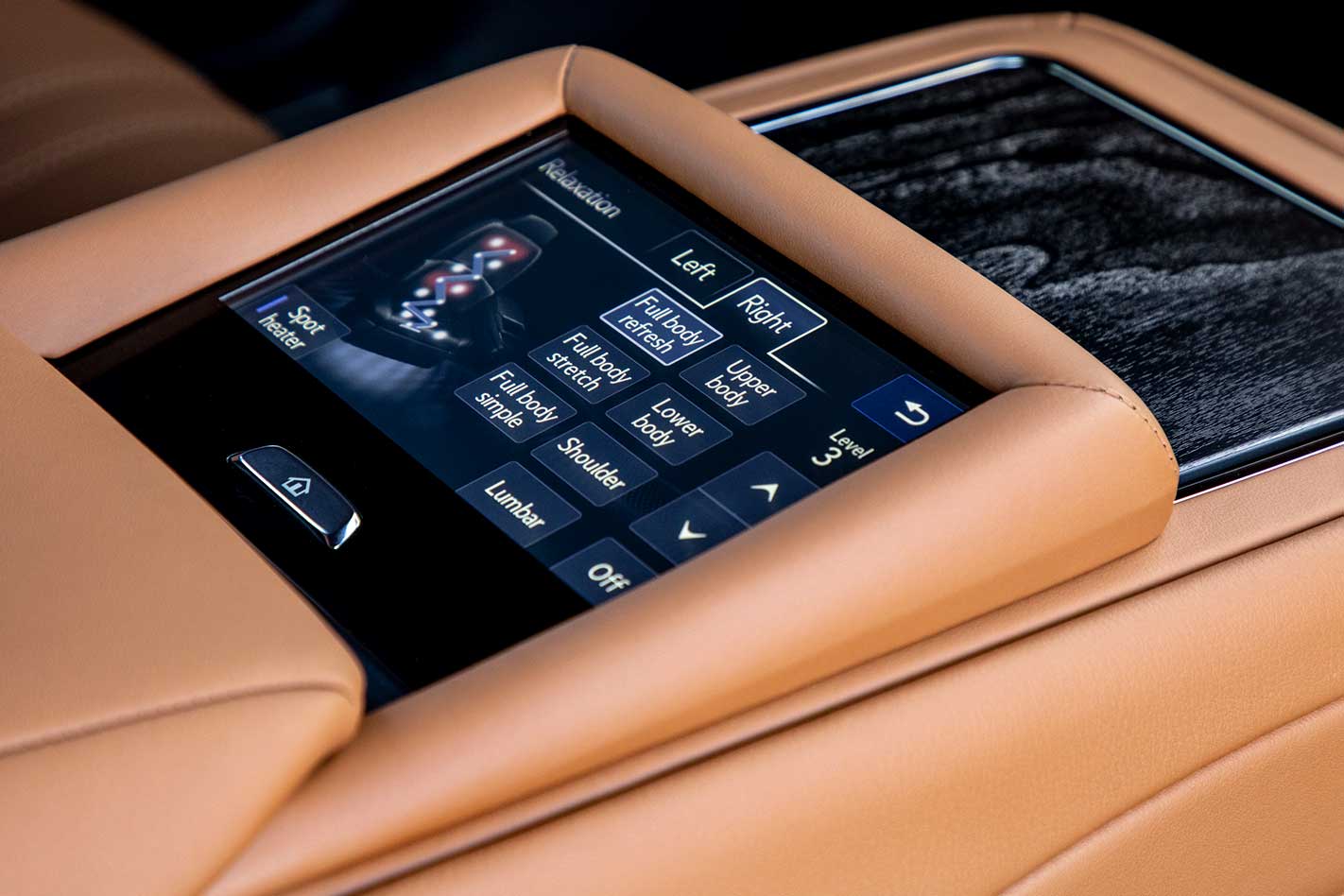Reviews

Gallery 1
8
/10
Score
Things we like
- Incredible amount of kit
- Impressive ride
- Interior craftsmanship
- Fuel economy
Not so much
- Twin-turbo engine a better fit
- Hybrid robs boot space and loses cooler box
- Weight


In the twin-turbo Sports Luxury models there is also a cooler box between the rear seats to keep the drinks chilled, but sadly this is not available in the hybrid.



Specifications
- Body: 4-door, 5-seat sedan
- Drive: rear-wheel
- Engine: 3456cc V6, DOHC, 24v
- Bore/stroke: 94 x 83mm
- Compression: 13.0:1
- Power: 220kW @ 6600rpm
- Torque: 350Nm @ 5100rpm
- Electrical output: 132kW/300Nm
- Total output: 264kW
- 0-100km/h: 5.4sec (claimed)
- Fuel consumption: 6.6L/100km (combined/claimed)
- Weight: 2340kg
- Power/weight: 113kW/tonne
- Transmission: multi-stage hybrid
- Suspension: multi-links, air springs, adaptive dampers, anti-roll bars (f/r)
- L/W/H: 5235/1900/1450mm
- Wheelbase: 3125mm
- Tracks: 1631/1637mm
- Steering: electrically assisted rack-and-pinion
- Brakes: 357mm ventilated discs, 4-piston calipers (r); 335mm ventilated discs, 2-piston calipers (r)
- Wheels: 20.0-inch (f/r)
- Tyres: 245/45 R20 (f/r) Bridgestone Turanza
- Price: $201,078
8
/10
Score
Things we like
- Incredible amount of kit
- Impressive ride
- Interior craftsmanship
- Fuel economy
Not so much
- Twin-turbo engine a better fit
- Hybrid robs boot space and loses cooler box
- Weight




